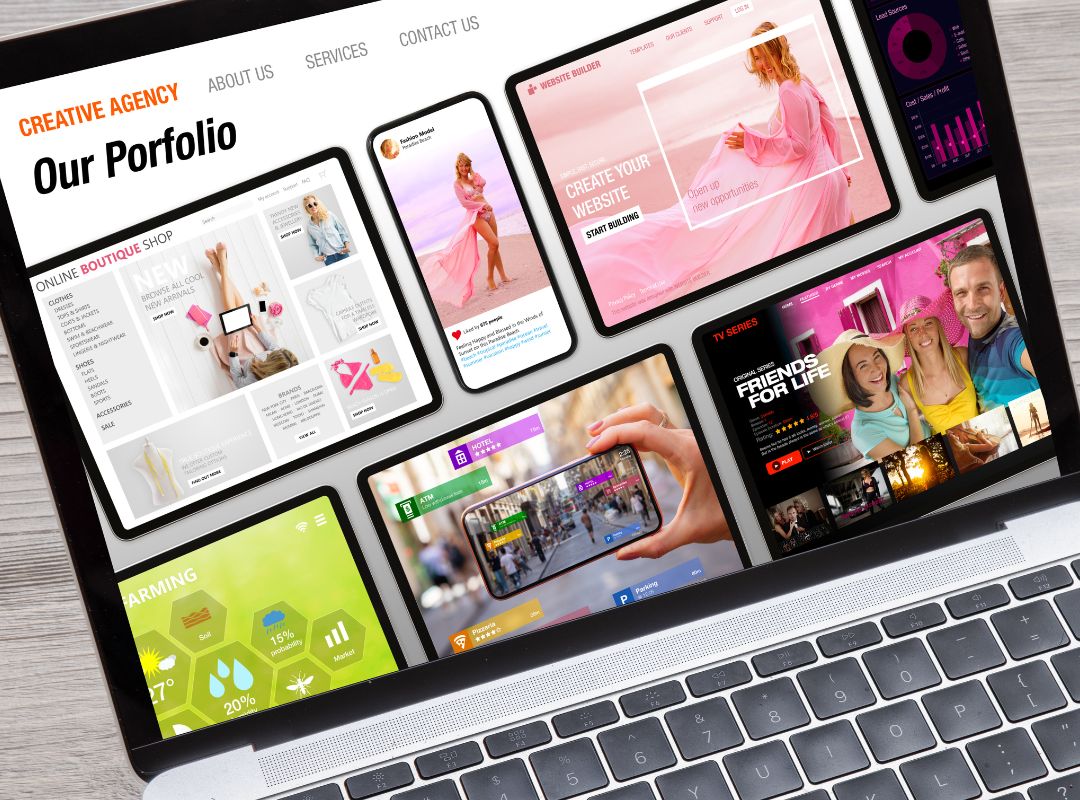How to improve your LinkedIn score
Why is it important to improve your Linkedin score? LinkedIn has been around for almost two decades, and it’s still one of the most popular social media platforms for professionals.
LinkedIn has a scoring system for your profile that you may not know about. Improving your LinkedIn score comes done to how active you are on the platform.
Whether you’re looking for a new job or trying to get in touch with old colleagues, LinkedIn can be an invaluable tool. But not everyone has the same success on LinkedIn. Some people struggle to build their networks and grow their careers from what should be an easy platform to use.
If you’re wondering why your score is lower than others, there are some simple things you can do to improve it.
What is a Social Selling Index score?
The Social Selling Index (SSE) is a metric that LinkedIn uses to measure how much you’re engaging with your connections on the site. It’s based on several factors, including how many people you’ve reached and whether they respond back to what you share.
The higher your social selling index score, the more likely it is that other users will want to connect with you–and this can help boost both personal branding and career opportunities.
There are several ways in which users can increase their SSE scores: posting content regularly; sharing relevant articles from third-party websites; commenting on posts made by others; responding positively when others reach out via direct messages; inviting new connections into groups that may be relevant for networking purposes (e.g., industry events).
Build a strong profile
The simplest way to improve your LinkedIn score is by building a strong profile. Here are some tips for doing so:
- Use keywords in your profile that represent what you do and who you are (for example, if you’re an editor at a magazine, include the word “editorial” or “journalism”).
- Include photos of yourself when possible – but make sure they’re professional! Don’t include any photos where you’re wearing pyjamas or something else casual, unless it’s specifically relevant to the content of your post; this will help people judge whether they’d want to work with you, based on how professional and friendly-looking you come across online.
- Don’t use too many keywords – it will seem spammy! And don’t use generic ones either (like “writer” instead of “copywriter” – everyone interested will know what those words mean so don’t worry too much about jargon). Try to get creative. There might be a potential connection searching for someone in a similar industry who needs help with their business plan/blog post, etc, but also keep things simple enough so anyone can find you.
Find your audience
Before you can grow your audience, it’s important to find them.
On LinkedIn, this means searching for keywords related to your business or industry and seeing who pops up in the results. You can also look at groups that have relevant names and join them if they seem like they might be interested in what you do.
In real life, there are plenty of ways to meet potential customers face-to-face! Attend conferences where industry experts will be speaking. Go to events hosted by local businesses. Have coffee with friends who work in similar fields… the possibilities are endless! Then connect with them on LinkedIn after you’ve met.
Use links to connect with other LinkedIn users
LinkedIn offers a variety of ways to connect with other users. The easiest way is through the InMail feature, which allows you to send an invitation to someone you want to connect with. You can also use the search function on LinkedIn and find people who might be interested in your work or career goals.
LinkedIn Groups are another great way for professionals to interact with each other; many groups have thousands of members, from those who share ideas and advice, all the way up through to executives at major companies like Apple or Facebook.
Post content regularly
The best way to get your LinkedIn score up is by posting content that’s relevant, engaging and professional. Post once or twice a week but you can supplement this by occasionally sharing posts from other users. However, if you’re posting too much it can get annoying for both the reader and your followers. People may not want their feeds flooded with updates from people they don’t know or care about.
Make sure your posts are relevant to your industry or job function. The more targeted the audience is for each piece of content you share on LinkedIn, the better chance it has of being seen by someone who might need what you have to offer in terms of services or products. Thus, improving your chances at getting new business leads via this network!
Engage with other users’ content
It’s important to interact with other users’ content on LinkedIn. Doing so will enhance your perception as an active user, approachable figure, and someone engaged in the conversation. You can do this by:
- Commenting on posts
- Reacting to posts
- Sharing posts
- Inviting people to join relevant groups or connect with you
Don’t ghost your DMs
Similarly, be sure to respond to people who’ve taken the time to message you (with the possible exception of obvious “chatbots”). Even if they’re offering something that you’re not interested in, be sure to respond in a warm, friendly manner, as this will help build your reputation as someone good to work with.
- Don’t ghost your DMs
- Don’t forget to respond to messages
- Don’t forget to follow up with people you’ve connected with
- Don’t forget to respond to job applications (and don’t forget about LinkedIn InMails)
Create a group or join an existing one
LinkedIn groups are a great way to connect with other professionals, share ideas, and learn from each other. Groups provide an opportunity for you to learn more about your industry, receive advice on how to improve your skillset, and get in touch with people who can help advance your career.
In order to improve your LinkedIn score, it’s important that you find relevant groups that match up with both your interests and passions. It’s also important to find those which align with the type of job or position you’re looking for. The more relevant the group is for what you’re seeking out in terms of work opportunities or experience points, the better.
Keep up with LinkedIn’s updates and changes
LinkedIn is constantly evolving their platform, so it’s important to stay up-to-date on these changes. You can do this by following LinkedIn on social media and reading their blog. If you want some more in-depth information about how LinkedIn works and what they’re doing, join a few groups where users discuss the latest news about the platform.
Some ways to improve your LinkedIn score and make the most of the platform
You can improve your LinkedIn score by using the platform for what it was designed for. Don’t try to use it as a replacement for other platforms and don’t try to use it as a marketing tool. Instead, use it to build trust in yourself or your brand.
Focus on building relationships with people who are already in your network or those who may have an interest in what you have to offer them (or vice versa). If someone is not looking for an opportunity at the moment, there’s no need to bother them with unsolicited messages about how great your company is or why they should apply now before someone else does.
To get the most out of LinkedIn, make sure you’re using it for what it was designed for. LinkedIn is a professional network, not a social media site or marketing platform.
Don’t use it as your only way to communicate with people in your field. While some professionals may prefer this interaction over email or phone calls, others will find it impersonal and unprofessional. Possibly even annoying.
Don’t treat your profile like an online resume or CV; there are other sites that are better suited for those purposes. You can still link those documents from your profile page if they’re relevant, but don’t put all of your eggs in one basket by relying solely on these documents when trying to get noticed by recruiters.





